Wednesday 05 October 2022
Distance: 19.3 km Time: 5:00 Ascent: 190m Descent: 190m – Wikiloc
From Quintanas de Gormaz we cut across directly to Recuerda. It was a good day’s walking on country farm roads with a village every hour.
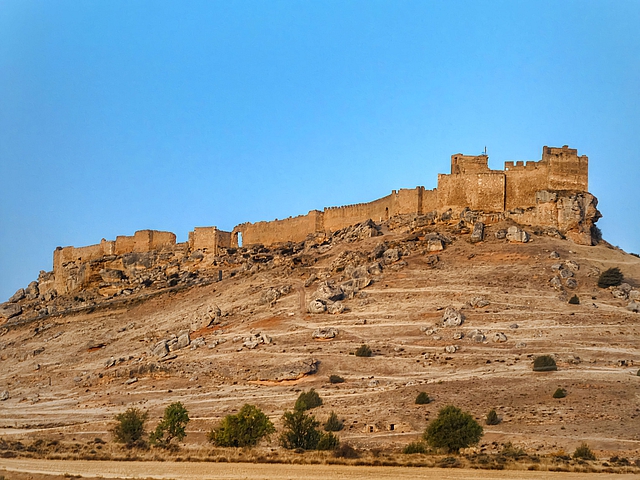
On the outskirts of Recuerda (pop 54) is “La Ciudad de la Alegría” (City of Happiness) with 200 wineries, most but not all abandoned.

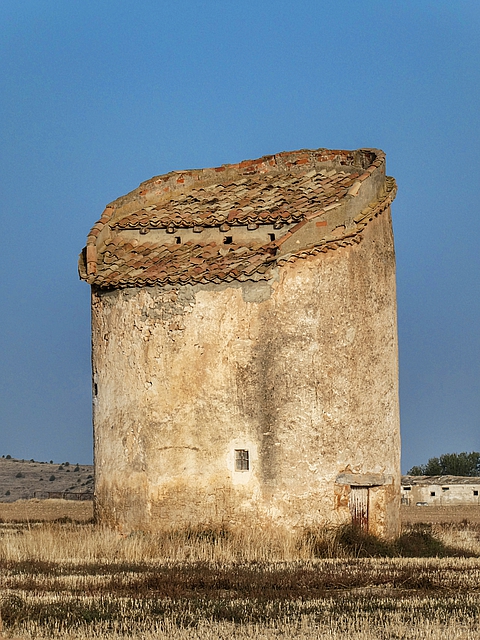
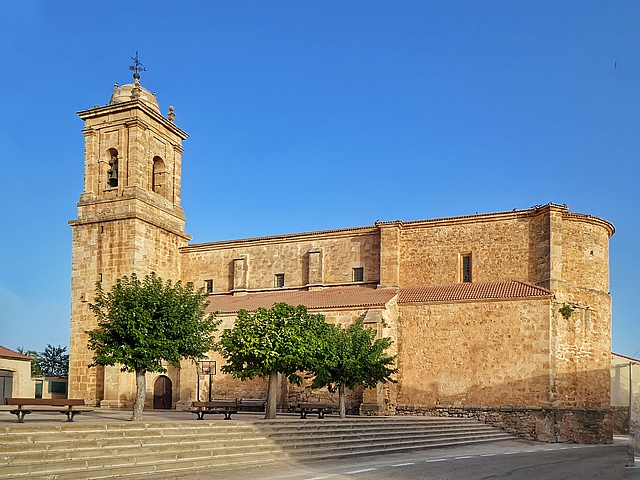

Almost finished, the heads of these girasoles still look to the sun
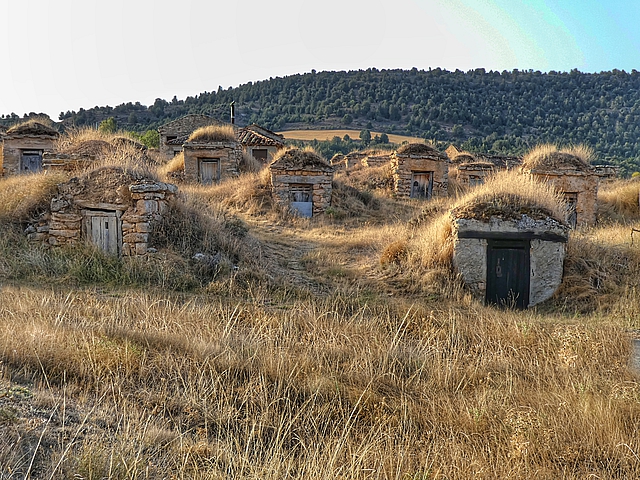
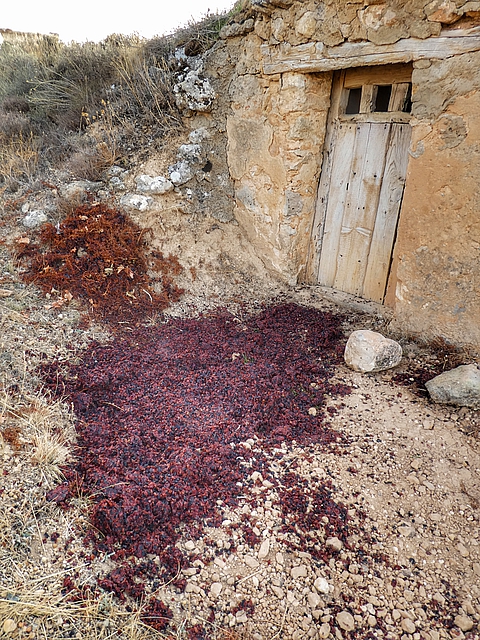
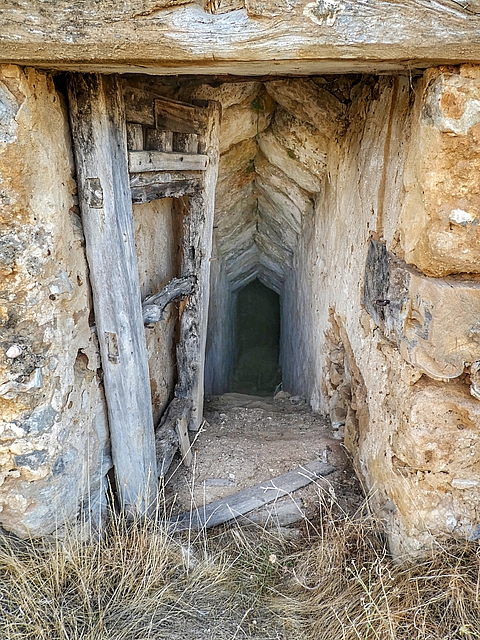
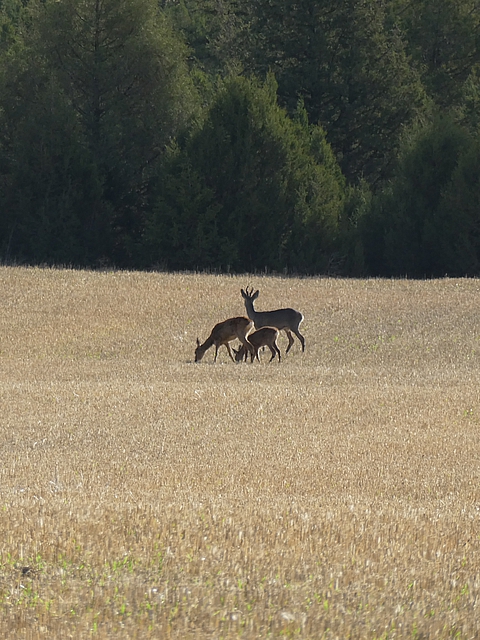
According to El Cantar, El Cid’s daughters crossed the Duero near Morales (pop 32) on their way to Valencia.
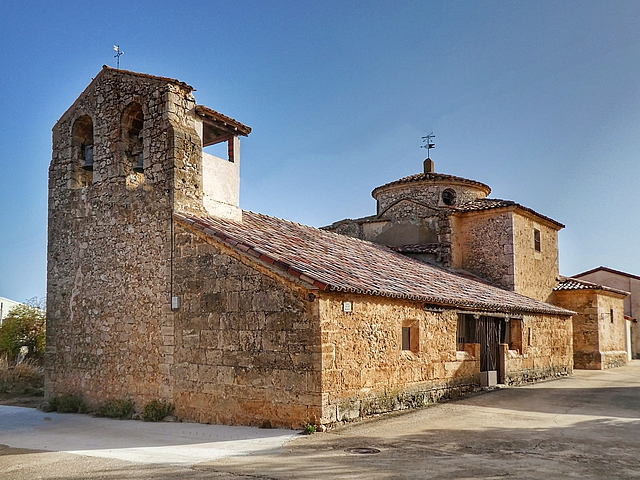
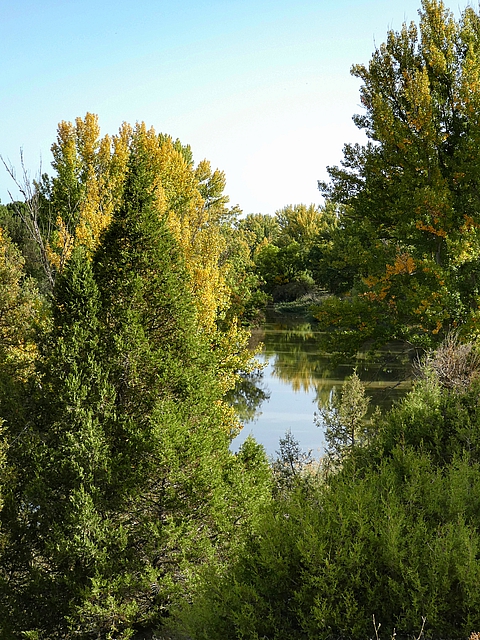
A frontier area during the 8th to 11th centuries, today Aguilera (pop 16) is a small town of adobe construction with the Romanesque Church of Saint Martin built in stone.
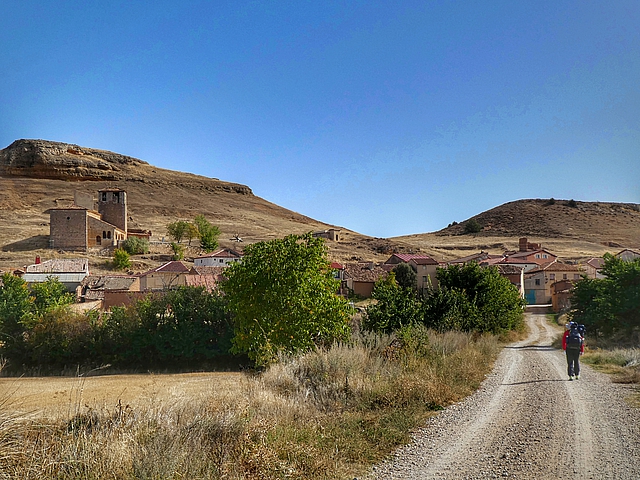
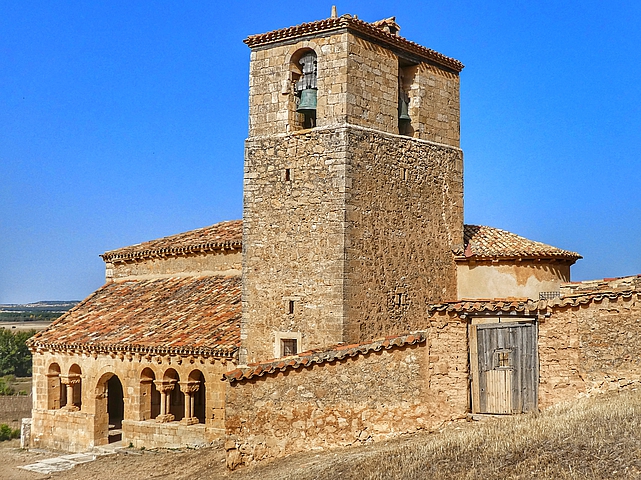
Huge for a small village and made from carefully cut stone instead of the adobe used in village houses

El Cid was mayor of Berlanga de Duero (pop 745) in 1089. In El Cantar de mío Cid, Berlanga was a safe town where El Cid’s daughters stayed on their way back to Valencia.
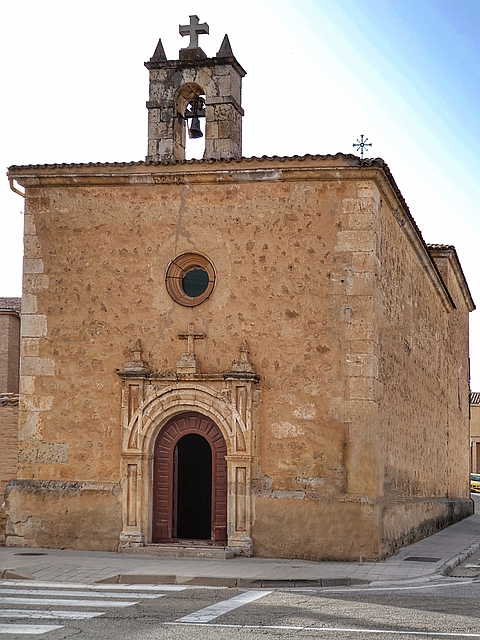
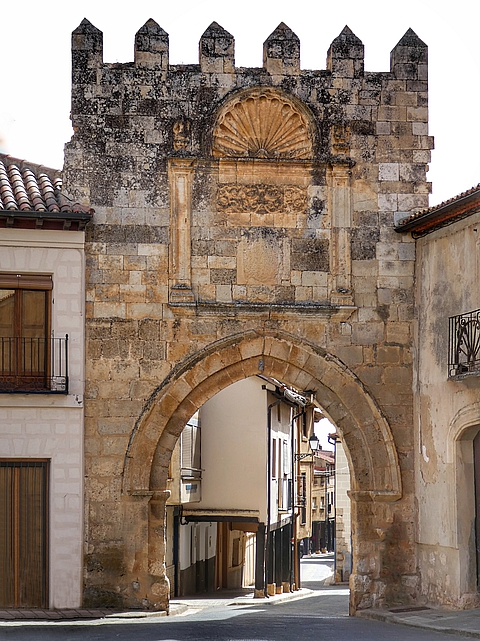
The shell in the top signifies the town’s relationship with the Camino de Santiago

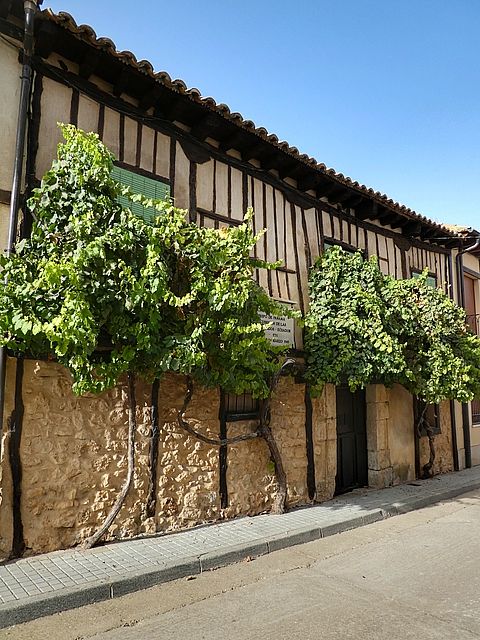
Bishop of Panama, discoverer of the Galapagos Islands in 1535, he proposed the Panama Canal which came about in 1914

The wall (12th century) was built using stones of the 10th century Arab citadel
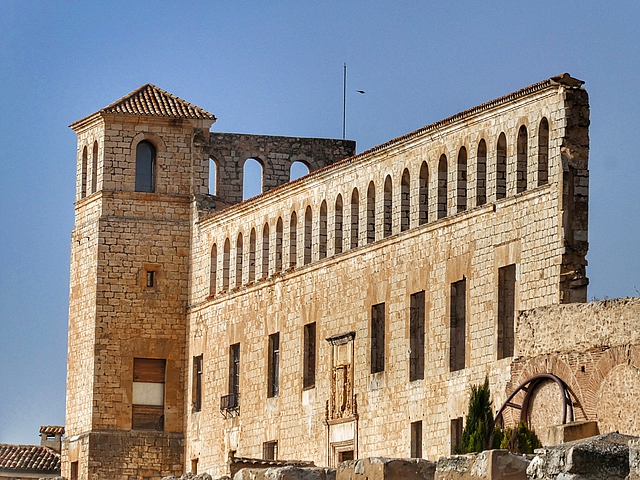
All that remains – it was burned down during the War of Independence (1808-14) by the Napoleonic troops
